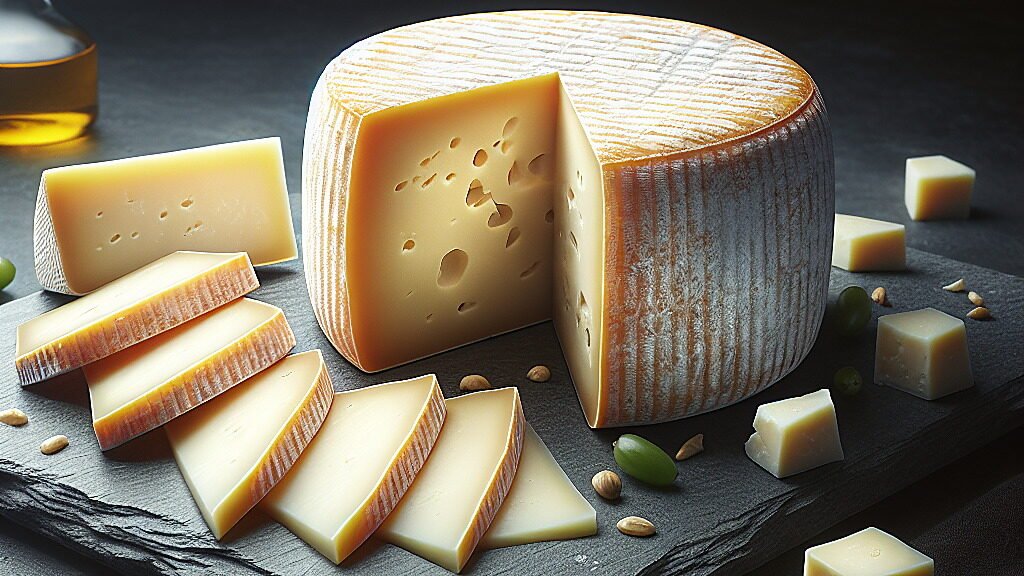Low To Medium Fat Cheese
Definition and Scope
Low to medium fat cheese contains between 10% and 25% fat in dry matter. This category excludes high-fat varieties like double cream cheeses and very low-fat options such as quark. It encompasses a wide range of cheese styles, from semi-hard to fresh, providing significant dietary versatility.
These cheeses are defined by their reduced milk fat content compared to traditional full-fat counterparts. The classification is crucial for nutritional labeling and consumer dietary choices. Many popular table cheeses and cooking cheeses fall within this fat range, making it a substantial segment of the market.
Production Methods
Producers create low to medium fat cheese by using partially skimmed or standardized milk. The milk is often separated to remove a portion of the cream before the cheesemaking process begins. This reduction in fat impacts both the yield and the final texture of the cheese.
Specific techniques, such as adjusting curd cooking temperatures and pressing times, are employed to compensate for the lower fat content. These methods help to develop a satisfactory body and prevent excessive dryness. The goal is to produce a cheese that retains desirable functional properties despite its modified composition.
Sensory Profile
The flavor profile of these cheeses is generally milder and less rich than high-fat varieties. They often exhibit a more pronounced milky or tangy character due to the higher relative proportion of protein and lactose. The texture can range from moist and pliable to semi-firm, depending on the specific style and age.
Aromas are typically clean and dairy-forward, without the intense buttery or creamy notes found in fattier cheeses. The mouthfeel may be slightly less unctuous, but well-made examples still offer a pleasant and smooth eating experience. The balance of salt and acidity is key to their overall palatability.
Culinary Uses
Low to medium fat cheeses are exceptionally versatile in the kitchen. They are widely used in sandwiches, salads, and as a table cheese for everyday consumption. Their good melting properties make them suitable for cooked dishes like pizzas, casseroles, and grilled cheese sandwiches.
These cheeses are also favored in health-conscious cooking and for institutional food service where fat content is regulated. They provide protein and calcium with a lower caloric load. Their functionality makes them a staple ingredient in both home kitchens and professional food preparation.
Notable Examples
Classic examples include Mozzarella, Feta, and certain types of Gouda and Cheddar that are produced in reduced-fat versions. These cheeses are produced globally, with many countries having their own traditional styles that naturally fall into this category. Their popularity ensures wide availability in supermarkets and specialty stores.
Regional specialties like Italian Ricotta and some French Tomme varieties also exemplify this category. These cheeses demonstrate how different cultures have developed delicious products within this fat spectrum. They serve as excellent introductions to the diverse world of cheese without the intensity of high-fat options.

